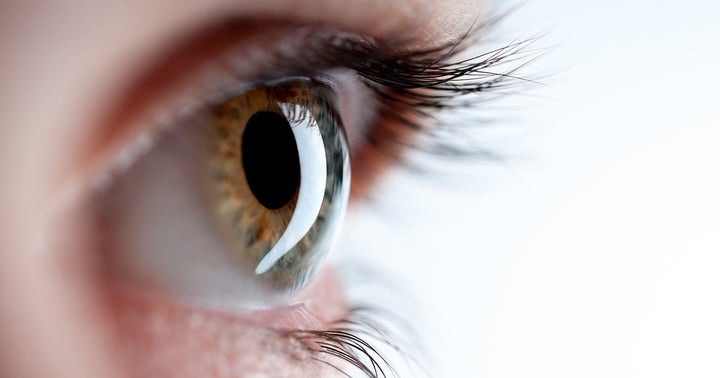
There are more than seven billion people on our planet, and an estimated 4.3 billion of them suffer from the same health problem, regardless of their gender, age or ethnicity – poor vision. Around the world, the 2.5 billion people who still remain uncorrected would benefit from a pair of eyeglasses. Of those, 217 million are moderately or severely visually impaired, and 36 million are blind.
Recent studies note that uncorrected refractive error (URE) is the leading cause of vision impairment and the second leading cause of blindness; yet 80 percent of all vision impairment can be corrected or cured. And left uncorrected, impaired vision whether moderate or severe, has far-reaching social and economic impacts.
In fact, over a lifetime, uncorrected vision can have highly noticeable consequences.
A child’s educational performance can be affected.
Uncorrected vision problems in children can have serious negative impacts on their academic performance. That’s why The American Optometric Association recommends vision exams at six months, three years of age, before a child enters kindergarten, and every two years between the ages of six and eighteen. In 2014, researchers studied the impact on academic grades after providing a vision screening and free eyeglasses to low-income and minority elementary school children in the U.S. The study found both the screenings and eyeglasses significantly improved student achievement in math and reading among fifth grade students.
As 80 percent of all learning occurs through our visual systems, a simple pair of eyeglasses could correct the poor vision of nearly 239 million children globally, and drastically change the course of their lives and the opportunities they may have to achieve their full potential. And as the number of preschool children with impaired vision in the U.S. is projected to increase by 26 percent by 2060, eye exams and eyeglasses seem like a simple solution to an otherwise costly problem.
Drivers can jeopardize the safety, and health and themselves on the road.
The number of people impacted by URE overall is particularly troubling when you take into account our day-to-day activities – particularly driving. A report of the visual standards for driving in Europe found standards varied widely amongst countries within the European Union; and a report from the American Academy of Optometry revealed that even moderate, visual field loss causes drivers to have significantly poorer capabilities to match speed when changing lanes, to maintain their lane position, etc.
When you consider how changing technology and business models like ride-sharing companies and delivery services are adding drivers to the road, this impact becomes all the more crucial. If eye exams were part of the standard for renewing driver’s licenses, then these issues would be called out by an eye care provider in advance of potential accidents on the road.
The elderly may live with reduced quality of life.
Vision problems not only leave many seniors unable to see clearly, they can also negatively impact a number of other areas of their lives, from their concentration to their enjoyment of their activities.
Studies show that seniors who have difficulty seeing are also at an increased risk for accidents, particularly falls, and that impaired vision can also lead to depression and anxiety in older people. Another study conducted in Britain in 2007 found that visually impaired people had a higher prevalence of depression compared to people with normal vision. Of visually impaired older people, 13.5 percent were depressed compared to 4.6 percent of people with normal vision. With an aging population, these problems are predicted to worsen.
Lifetime Cost of Uncorrected Vision
It’s clear that uncorrected vision has a cost to individual and societal well-being, but there’s also a monetary cost to our national economy. In fact, American employers spend an average of 62 percent more on health care for employees who do not get an annual eye exam versus those who do.
Today, vision impairments and eye disorders are the third-leading chronic condition among U.S. children, with costs for direct medical care, vision aids, devices and caregivers amounting to $10 billion per year. In the U.S. alone, the total economic burden of eye disorders and vision loss was $139 billion in 2013; and a study conducted in France, Italy, Germany and the UK estimates that average annual costs per individual affected by vision problems could grow to be between approximately €8,434 and €13,674.
These costs are, of course, cumulative for those impacted – if URE is allowed to go unchecked in young children, they will feel the impacts, both financially and in missed opportunities, throughout the rest of their lives.
There are so many correlations between vision health and the financial, educational and safety implications it can have on society. With all of the evidence supporting the need to prioritize vision, it’s time to make eye health a global imperative through strict policy changes around vision standards.
